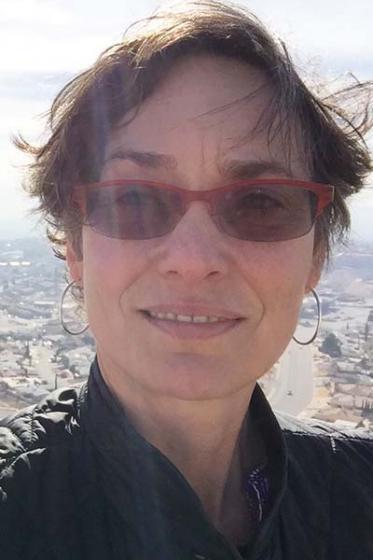Urban Geography Plenary Lecture—Femicide, Mother-Activism, And The Geography Of Protest In Northern Mexico
Abstract
Wright, M. W. (2007). Urban Geography Plenary Lecture—Femicide, Mother-Activism, And The Geography Of Protest In Northern Mexico1. Urban geography, 28(5), 401-425.
“This silence terrifies me,” said Esther Chávez, the director of a rape crisis center in Ciudad Juárez, the city that borders El Paso, Texas at the Mexico–U.S. divide.3 The silence she refers to is the quiet surrounding the ongoing violence against women in northern Mexico. “No one is protesting,” she said. “There are no press conferences. No marches. It’s like we’re back in 1993.” The year 1993 marks the beginning of what is widely recognized as northern Mexico’s era of femicide (feminicidio)—the killing of women surrounded by impunity (Monárrez Fragoso, 2001). The year also marks the beginnings of the protests that made this violence famous around the world. As I listened to Esther, a woman in her mid-70s, while she lay on her sofa and prepared for another round of chemotherapy, I wondered if I should state the obvious. “You know, Esther,” I said, “no one, anywhere, protests violence against women on a regular basis.” “Well,” she said, “we used to.”
Abstract
Wright, M. W. (2007). Urban Geography Plenary Lecture—Femicide, Mother-Activism, And The Geography Of Protest In Northern Mexico1. Urban geography, 28(5), 401-425.
“This silence terrifies me,” said Esther Chávez, the director of a rape crisis center in Ciudad Juárez, the city that borders El Paso, Texas at the Mexico–U.S. divide.3 The silence she refers to is the quiet surrounding the ongoing violence against women in northern Mexico. “No one is protesting,” she said. “There are no press conferences. No marches. It’s like we’re back in 1993.” The year 1993 marks the beginning of what is widely recognized as northern Mexico’s era of femicide (feminicidio)—the killing of women surrounded by impunity (Monárrez Fragoso, 2001). The year also marks the beginnings of the protests that made this violence famous around the world. As I listened to Esther, a woman in her mid-70s, while she lay on her sofa and prepared for another round of chemotherapy, I wondered if I should state the obvious. “You know, Esther,” I said, “no one, anywhere, protests violence against women on a regular basis.” “Well,” she said, “we used to.”
